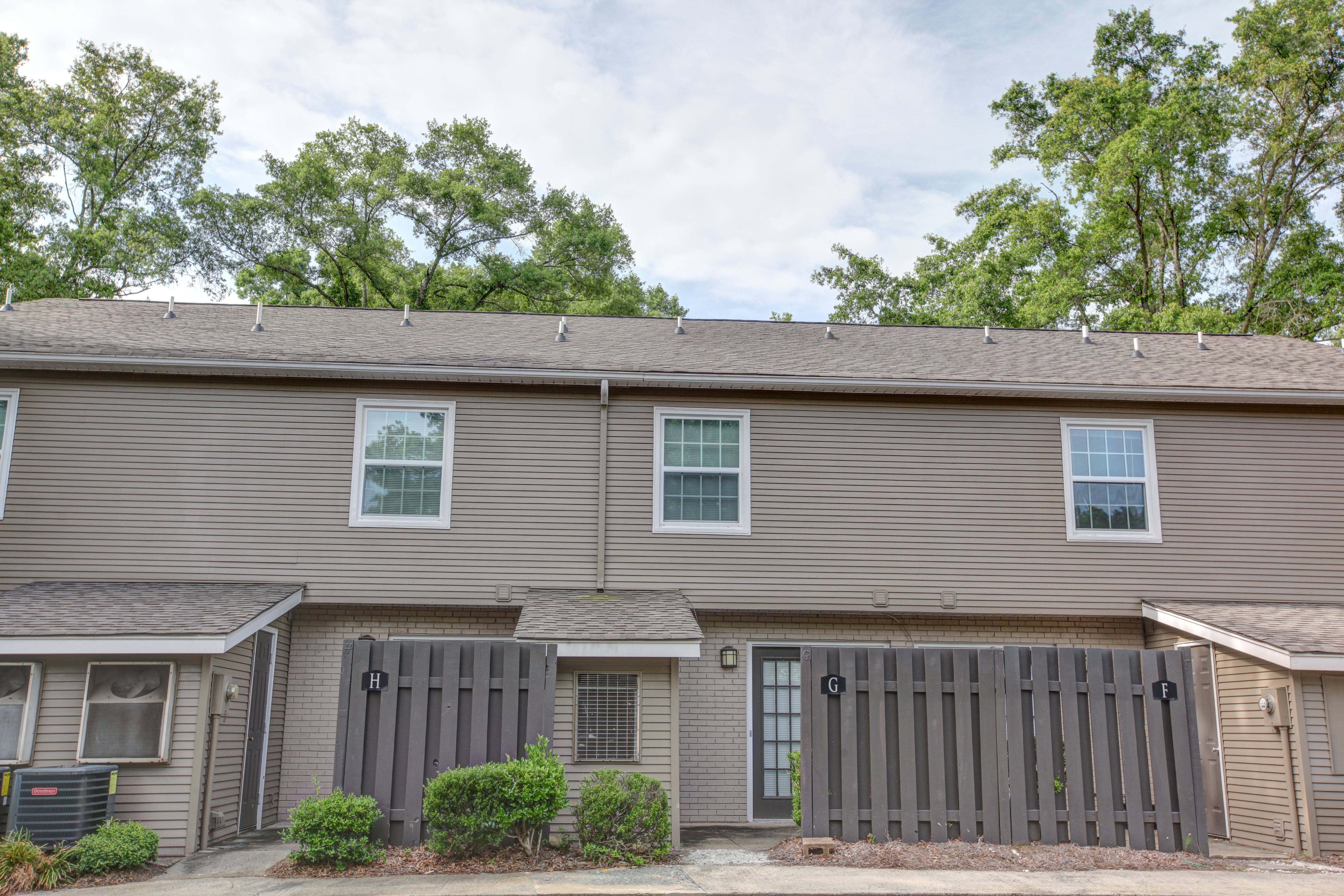 By: Molly Holbert, Marketing & Investment Coordinator, MACC Venture Partners
By: Molly Holbert, Marketing & Investment Coordinator, MACC Venture Partners
Roughly 80% of the new supply of the 363,000 apartment units to come online in 2017 are in the Lifestyle segment. In April, Yardi Matrix reported “Demand in many metros is driven by middle-class renters,” who can’t afford the high price of luxury apartments. A recent Multifamily Executive article said these properties tend to offer residents the most bang for their buck, attracting renters in a down economy and they are typically 15 to 25 years old. They are also located in desirable buildings in well-established middle-income neighborhoods, without the extravagant amenities that the newer properties offers.
1. High consumer demand offers opportunity to capitalize
The recent MFE article said “Class A apartment construction is at the peak of a seven-year high… This has led to a sudden oversupply of luxury apartments, which in turn has made Class A properties less profitable across the board.” A+ and A- properties cater to the “renter-by-choice” resident type that are aimed at high-income Millennials or downsizing Babyboomers because they offer luxury or resort quality apartments. These residents are either capable of owning a home and choose to rent or they have substantial incomes, without wealth.
2. Demand in many metros is driven by middle class renters
There is obviously a disconnect between the supply of Class A properties and the demand for this type of property. The April Yardi report also noted more rent growth for renter-by-necessity properties than the upscale Lifestyle properties. The report stated, “Nationally, rents of working-class Renter-by-Necessity (RBN) properties have increased by a solid 3.3% year-over-year, while upscale Lifestyle properties have risen by only 0.7%.” Renters in large cities are pushing the demand for RBN properties because they need more affordable housing due to an excess of luxury apartments.
3. Class B and C Properties attract a wide demographic
Class B and C apartments cater to three different “rental household market positions,” classified by Yardi. These three market positions include High Mid-range, Low Mid-range, and Workforce and have property ratings ranging from A- to C-. These properties are often associated with the renter-by-necessity (RBN) segment and include young-professionals, students, low-middle-income, blue-collar, subsidized households, and military households. Though the “renter-by-choice” property type can attract downsizing Babyboomers, there is a portion of this demographic that needs more affordable rent.
4. The largest living generation’s lifestyle demands renter-ship
According to the MFE article, millennials value experiences over buying a home. “The number of millennials who will reach the prime renting ages of 20 to 34 will increase by 2 million in 2017 and surpass 70 million within the next seven years… making this the target demographic for multifamily real estate properties.” More than 78% of this generation is reported to choose spending money on travel or events over other purchases such as buying a home or consumer goods. In addition to millennials’ choice to spend on desirable experiences, the generation is made up of a large amount of young people who have high student debt and work entry-level jobs with low salaries. These well-known economic factors cause this part of the millennial generation to fall into the renter-by-necessity property category, which adds to the significant demand for affordable apartments.
5. Affordability can offer safety during an economic downturn
In our last blog post we mentioned the recent questions about a potential financial crisis in the near future. The United States is currently in its third longest economic expansion and fortunately for the real estate market there are healthier fundamentals than before. Nonetheless, economic growth is cyclical, which makes the Class B and C apartments edge over Class A apartments during economic uncertainty quite relevant. The MFE article noted “Older properties have proven themselves to be more or less recession-proof, whereas newer properties can easily become a liability under the same economic conditions.”
6. Value add significantly increases NOI
Investing in cash flowing assets offers low risk compared to building an apartment complex from the ground up. Before acquiring the property, Investors have the benefit of making financial projections based on a property’s historical performance. The MFE article mentions “Class A properties also are costly to build and often come with a high property-tax price tag, making the up-front investment for these properties quite significant.” Upgrades to Class B and C properties are relatively inexpensive such as adding a playground or minor interior and exterior renovations. They also increase the value of the property, increasing cash flow and property price upon disposition.
View one of our case studies to see how we improved NOI by clicking the image below!
By: Molly Holbert


